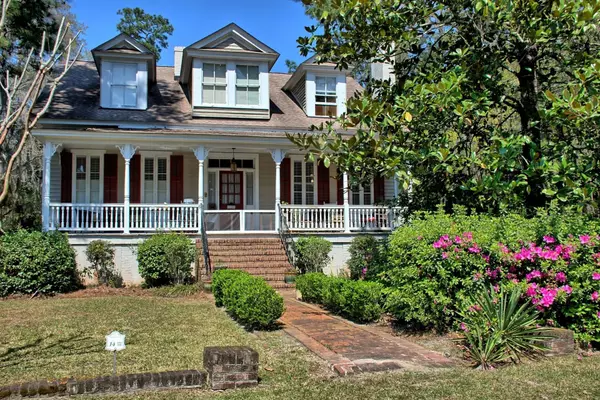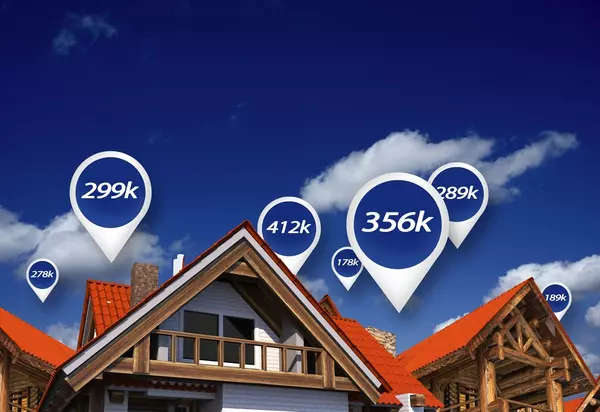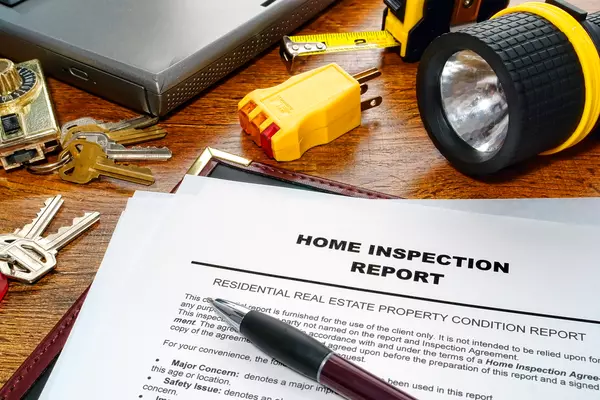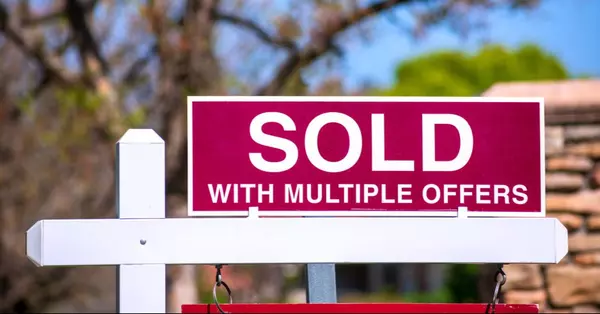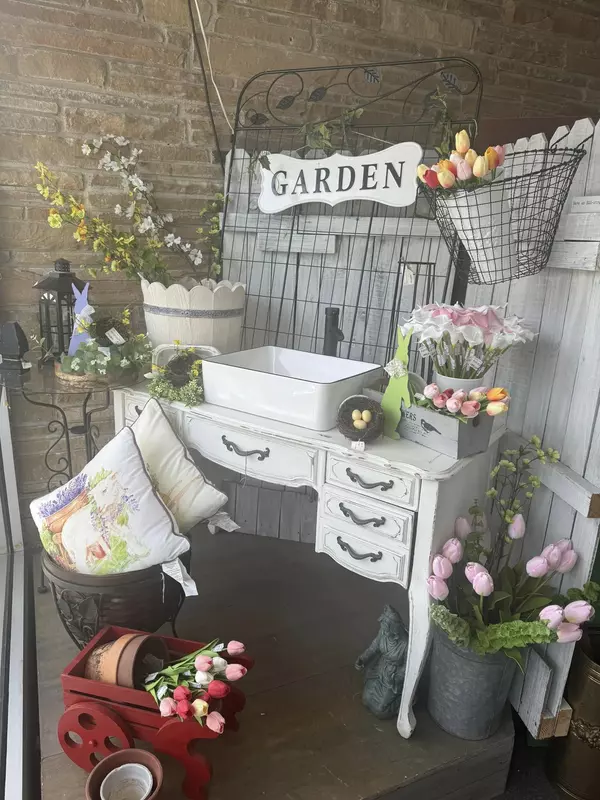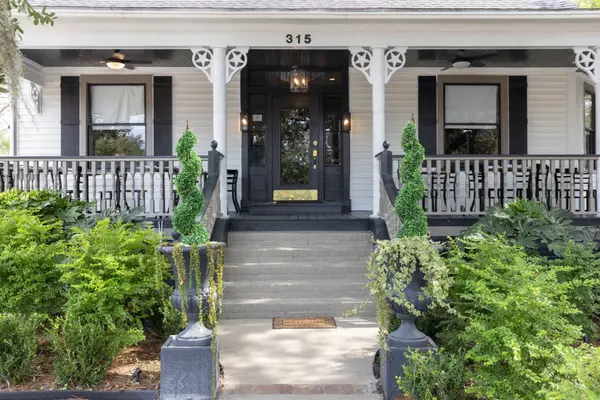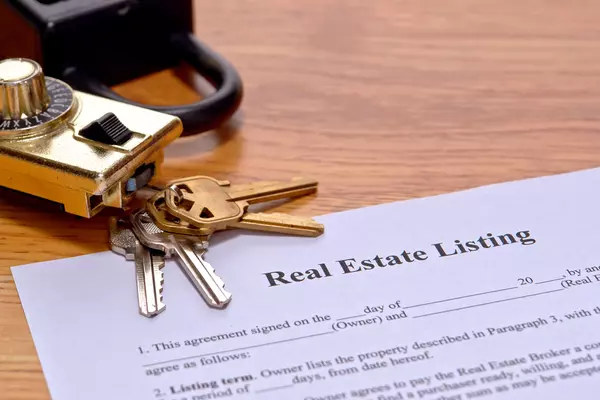Do I REALLY need to worry about termites in Summerville?

The quick answer is yes. Let’s dig into why. Termites are attracted to warm climates and moisture, two things that are common in South Carolina. There are actually Termite Infestation Probability Zones (TIP Zones) and South Carolina is located in TIP Zone #1 indicating a very high potential for termites and termite damage. Because of this, it is essential to have an effective termite prevention and control plan in place.
There are three categories of termites here in SC: Subterranean, Formosan and Dry Wood Termites.
- Subterranean termites live in colonies underground and are by far the more destructive termites. Their “soldiers” have large mandibles to tear tiny pieces of wood which can add up quickly. They reproduce and swarm in the spring, forming new colonies.
- Formosan termites are known as the “super termite” for how fast they can cause massive destruction. They can consume a foot of 2x4 wood within 25 days. The worst part is that they can do this damage without being noticed because they like dark places consuming the unseen first. They were first discovered in the continental US in Charleston in 1957. They haven’t left yet.
- Drywood termites do not prefer moist wood but dry wood. They can be found in attics, furniture, picture frames, etc so be careful when bringing second hand furniture into your home. They, unlike the Subterranean and Formosan termites, do not live in the ground but in the wood.
Now that we know what type of termites are here, how do we know if we have them?

- Mud Tubes - subterranean termites don’t like light, live in the ground, need moisture and eat wood. To get from the ground to the wood, they travel in small mud tubes. These can be found on the foundations and piers of a home.
- Damaged or Hollow Wood - when the termites eat wood, they leave it damaged in several ways. You may see holes, cracks and tracks that follow the grain of the wood. If the damage isn’t visible yet from the exterior, when you knock on the wood, it will sound hollow. You may also see depressions in the wood outlining the tracks the termites have taken. You can see this through paint as they’ll eat the wood all the way to the paint.
- Frass - as the termites eat the wood, they leave small fecal pellets called frass. It will look like sawdust.
- Wings - swarmer termites have wings and will shed them in brighter areas like window sills. If there is an infestation, there may be a pile of these wings in a light fixture, or anywhere bright.
What can we do to prevent them?

The best way to prevent termites is to minimize the things that attract them and make your house an easy target.
- Keep mulch beds at least 15” away from the foundation.
- Install gutters directing water away from the foundation of the home.
- Avoid wood to ground contact around and under your home.
- Properly ventilate crawlspaces and attics, keeping moisture content to a minimum
- Store firewood at least 20’ from the house and 6” off the ground.
- Regularly check for mud tubes on your foundation.
What is a Termite Bond?
A termite bond is an insurance like agreement that covers the cost of future treatments. If it’s a Repair Bond, it will also pay for any damage caused by termites up to a certain amount. Most bonds have an initial treatment and then yearly inspections. Most of them have a yearly fee to renew the bond. It is always much cheaper to renew a bond than to purchase a new one. Most bonds are also transferrable to a new owner when a home is sold. Be sure to read the detail of your bond and know what it covers. The average termite repair bill in the trip-county area is close to $25,000.
If you have any questions or concerns, it is best to consult an expert. There are many companies in the area that specialize in termite and pest control.
Categories
Recent Posts


